Aesthetically, whitegrass is one of those plants that is easily ignored, but it does have a neat, attractive look that can add a subtle lushness or accent to more wild or natural-looking landscapes.
Growing this species in your garden, especially if your property borders woods or wild areas, can help provide a seed source for this native grass, which can help it out-compete invasives such as Japanese stilt grass. White grass makes an excellent replacement for stilt grass--it often grows well in similar conditions, but it has stronger roots which will hold the soil better.
Whitegrass is not suitable as a lawn grass. Its more sparse growth and love of wet, shady areas makes it adapted to very different conditions.
However, it can be grown interspersed with other shade-tolerant ground covers, underneath trees, especially in low-lying areas, along seeps or drainage ditches. It can also be grown on its own in moist, shady areas. The sparse growth typically does not require any mowing or clipping, making it a low-maintenance plant.


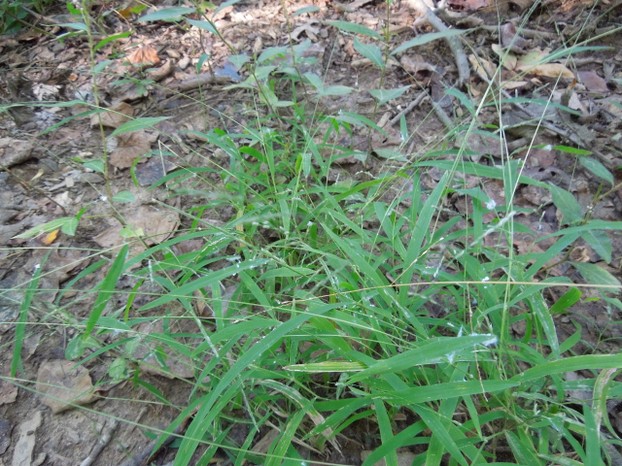
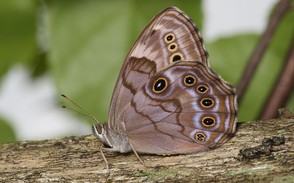



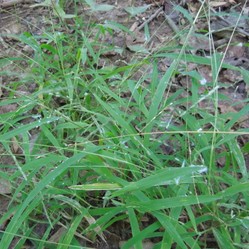

 The Shaming of Femininity and Elevation of Masculinityon 07/13/2017
The Shaming of Femininity and Elevation of Masculinityon 07/13/2017
 What is Genderqueer or Non-Binary Gender?on 10/16/2015
What is Genderqueer or Non-Binary Gender?on 10/16/2015
 Resources for Learning Spanish Free Onlineon 04/13/2016
Resources for Learning Spanish Free Onlineon 04/13/2016
 Ways Native Plants Can Help Control Invasive Plantson 05/26/2016
Ways Native Plants Can Help Control Invasive Plantson 05/26/2016

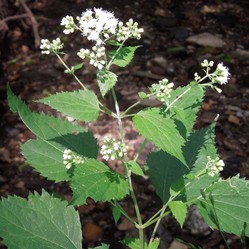
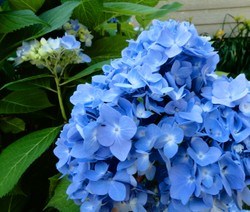
Questions? Comments? Feedback?
Yeah! I actually tended to ignore grasses, for years...but they're an incredibly huge part of ecosystems and plant biodiversity. Even in forests, which we don't think of as prime grass habitat, there are tons of grasses, both native and invasive.
Lately I've undertaken the project of identifying as many plants that grow wild in my region as possible, and I've started writing some articles about grasses, in part to raise awareness of them.
It makes a difference too, when you change which grasses grow in an area. I've been using several grasses to replace the invasive Japanese stiltgrass and it's so exciting to see a lot more insect biodiversity appearing, and I'm also starting to see some changes in the soil, as the deeper-rooted grasses are better at holding the soil.
We tend to forget about grasses when we think of native plants and weeds.